The Road to the Best and Brightest Institute (Part 1): Learn from the Manchurian Railway Investigation Department
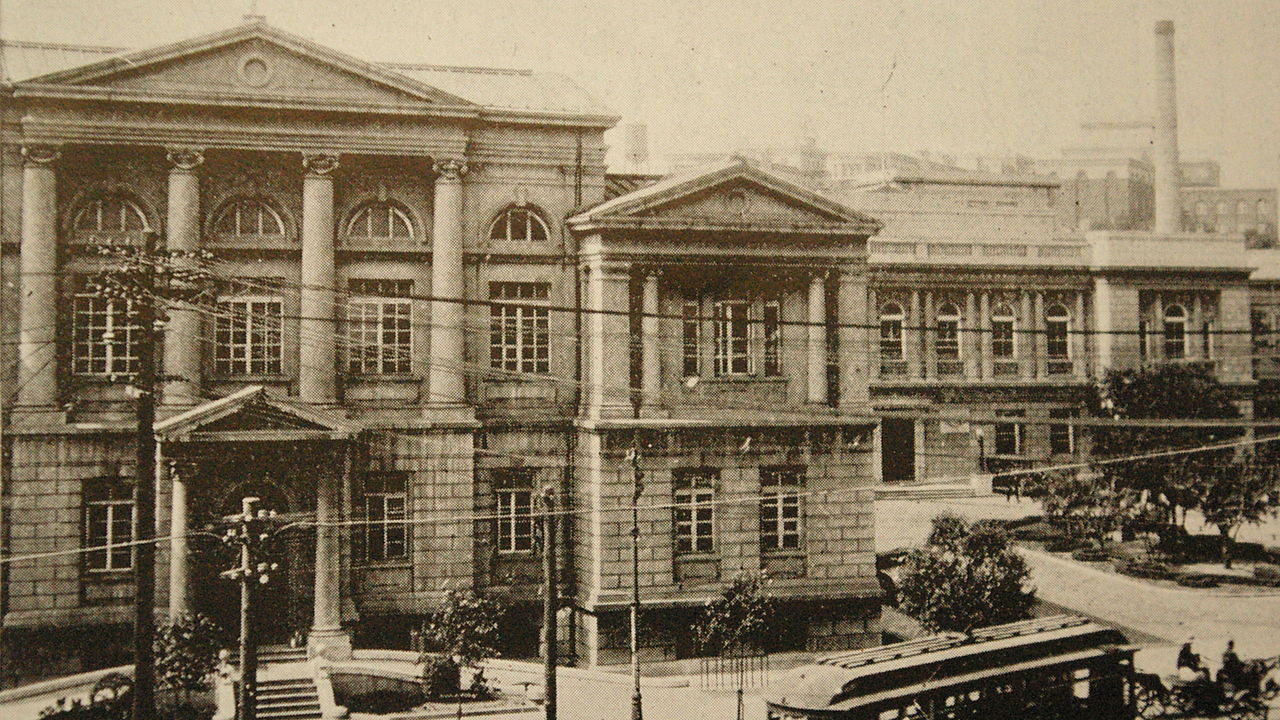
In the wake of the war in Ukraine, a number of think tanks, not only in Japan but also around the world have been commenting on the war situation, Russian military strategy, and the future scenario of the war.
Unfortunately, the more tense the situation, such as the outbreak of war, the greater the role and social need for think tanks. The Manchurian Railway Research Department (MRID), which was founded in 1907 as the research department of the South Manchuria Railway Company, also has this aspect of a think tank.
(Figure: Former Manchurian Railway Headquarters in Dalian)
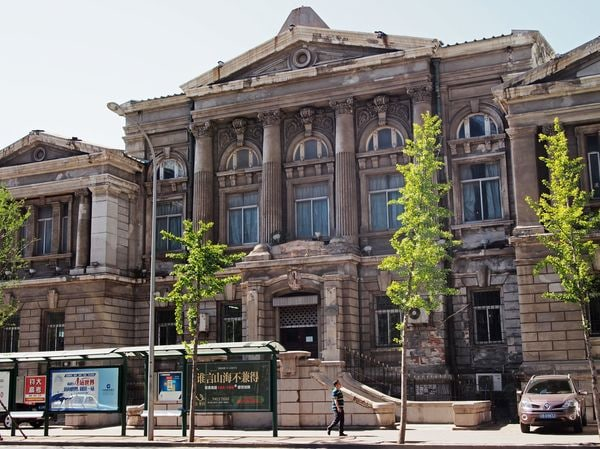
(Source: JB press)
After its establishment in 1907, the MRID conducted active investigative activities under the leadership of its first president, Shinpei Gotō (*1). The MRID, which began as a civil organisation, gradually developed its own activities and became increasingly involved in national politics. At the time, the only other Japanese company that had a research department was Mitsui & Co.
Gotō’s philosophy for managing Manchuria was “Bunso-teki Bubi (literary armament).” This is not coercive rule based solely on military force, but rather a concept that focuses on improving culture, civil administration and infrastructure to promote harmony among the multi-ethnic population and generally increase the power of the nation.
(Figure: Shinpei Gotō, the first director of the South Manchuria Railway)
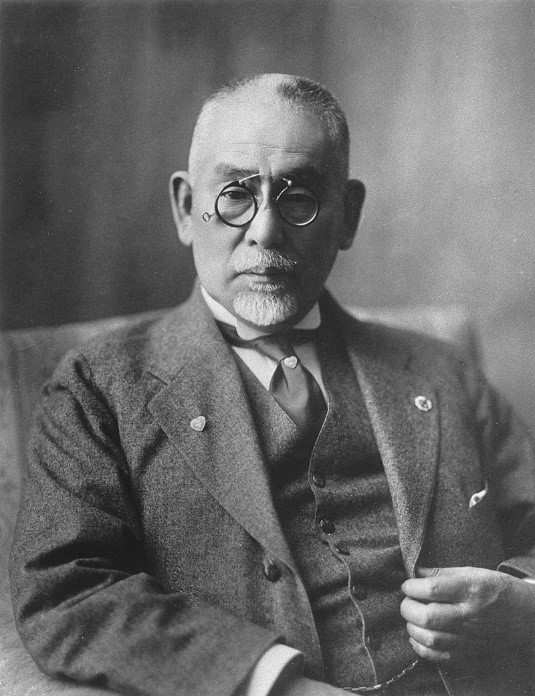
(Source: Wikipedia)
At the time of its establishment, the MRID consisted of the Economic Research Group, the Old Customs Research Group and the Russia Research Group, with a total of around 100 staff.
The MRID was located in Dalian, where Manchuria Railways had its headquarters, but apart from this, the Tokyo branch also established the East Asiatic Economic Investigation Bureau. It was mainly engaged in the collection, sorting out and dispatch of information, and its prospectus was published in English and French, as well as in Japanese. With the participation of foreign staff, their main aim was to gain international recognition for the Manchurian Railway.
The East Asiatic Economic Investigation Bureau is also known as the centre of Islamic studies in the wartime period, and some of the leading scholars of the Middle East and Asia in the post-WWII period were trained there.
(Figure: Shūmei Ōkawa who presided over the East Asiatic Economic Investigation Bureau)
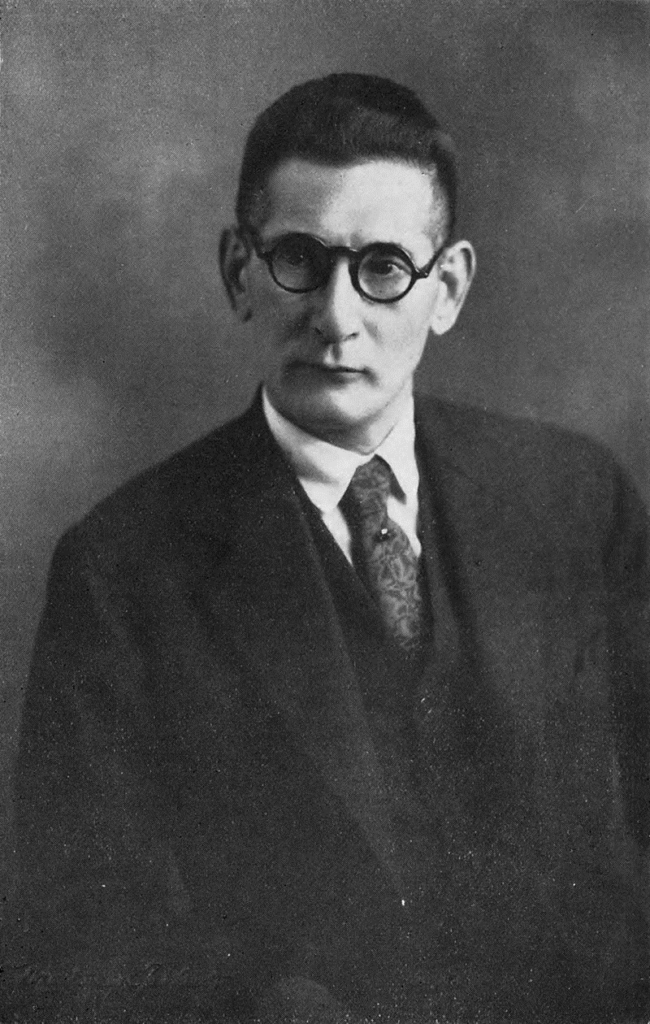
(Source: Wikipedia)
A research department was also set up in the Tokyo branch to conduct academic research on the history of Manchuria and Korea (*2).
The head of the department was Kurakichi Shiratori, a professor at Tokyo Imperial University who later became an instructor at the Crown Prince’s School. Their reports were also presented to the Imperial Household.
The MRID is often regarded as the best think-tank that Japan produced at that time, but this was due to the synergy of three elements: the field research of the Manchurian Railway Research Department, the transmission of information to the world, and the historical research at the Tokyo Branch.
In the 1910s, as the turmoil of the Japanese-Russian War subsided and the situation in north-eastern China settled down, the value of the MRID gradually declined. This may be partly due to the situation in Japan, where in the 1910s political power began to shift from the Choshu clique, which had achieved the Meiji Restoration, to party cliques. This was because Shinpei Gotō was widely supported by the Choshu clique.
Ryutaro Nomura, who became president of Manchuria Railways with the backing of the Rikken Seiyukai, cut the unprofitable research department, leaving MRID in the lurch.
However, the outbreak of the Russian Revolution in 1917 brought MRID back into the limelight. This was because it was believed that the best opportunity for Japan to extend its influence into the Manchurian region and further afield into the Russian Far East had arrived.
Once stagnant, the MRID was to expand again, and many Imperial University graduates began to join the research department. In addition, research on Russia and Manchuria began to flourish, and the MRID began to be recognised as a ‘Mecca on Russian studies’.
The MRID also opened an office in Harbin, where Russians in exile congregate, to gather information. After the Russian Revolution, Harbin had the greatest concentration of the Jewish population in the Far East. Harbin was home to a close-knit Jewish community of several thousand Jews.
MRID also reports on these situations as follows (*3):
“Dr. Kaufman, the Jewish leader approved by Jews living in Harbin, has such overwhelming influence over the Jewish community that no individual or group is any match for him. For this reason, no “secret Jewish headquarters” can exist in Harbin. In addition, in view of the divided state of the Jews in Shanghai, we can ascertain that the level of integration of Jewish people is not as high as people fear.”
(Figure: Harbin, a Chinese city built by the Russians.)
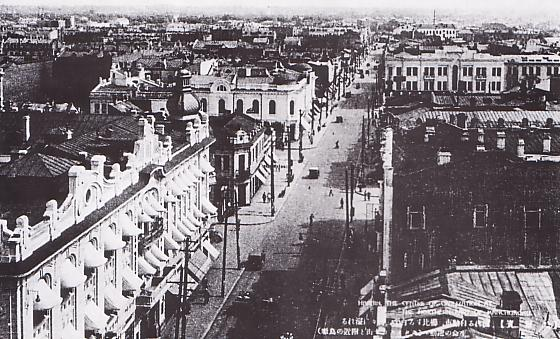
(Source: Wikipedia)
Masayoshi Miyazaki became a key figure in these Russian studies. Miyazaki was a Russian expert who graduated from Moscow State University in 1917, when the Russian Revolution broke out, and later joined the Manchurian Railway Company.
In this context, Miyazaki began to build a positive relationship with Seishiro Itagaki and Kanji Ishihara, chief of Operations of the Kwantung Army. The common task of Soviet studies brought them together.
When the Manchurian Incident broke out in September 1931, the MRID was given a new role.
(To be continued in Part 2)
(Figure: Masayoshi Miyazaki, the MRID’s leading Russia expert)

(Source: Rakuten)
(reference)
*1 https://www.murc.jp/english/report/quarterly_journal/qj1102_02/
*2 https://dl.ndl.go.jp/pid/1088221/1/3
*3 http://www.cismor.jp/uploads-images/sites/3/2015/05/617667a09722574c04d7108677837c1d.pdf
Hiroyasu HARADA
Manager (Senior Analyst), Global Intelligence Group (GIG)



